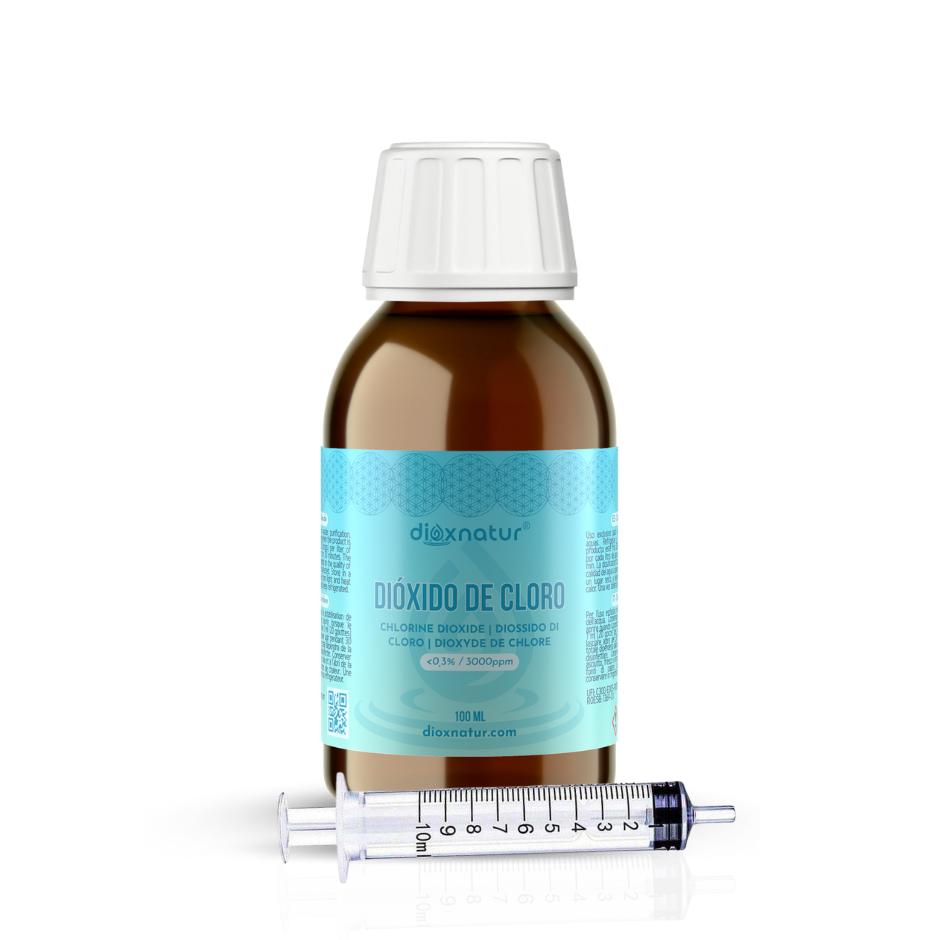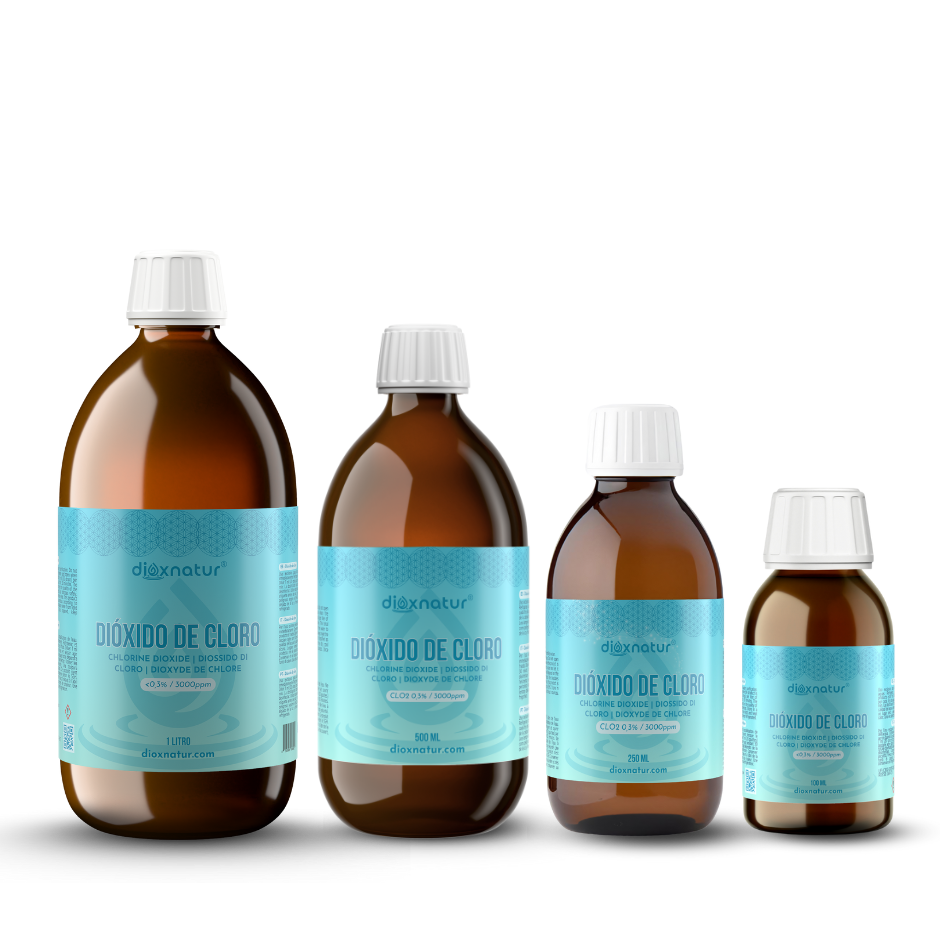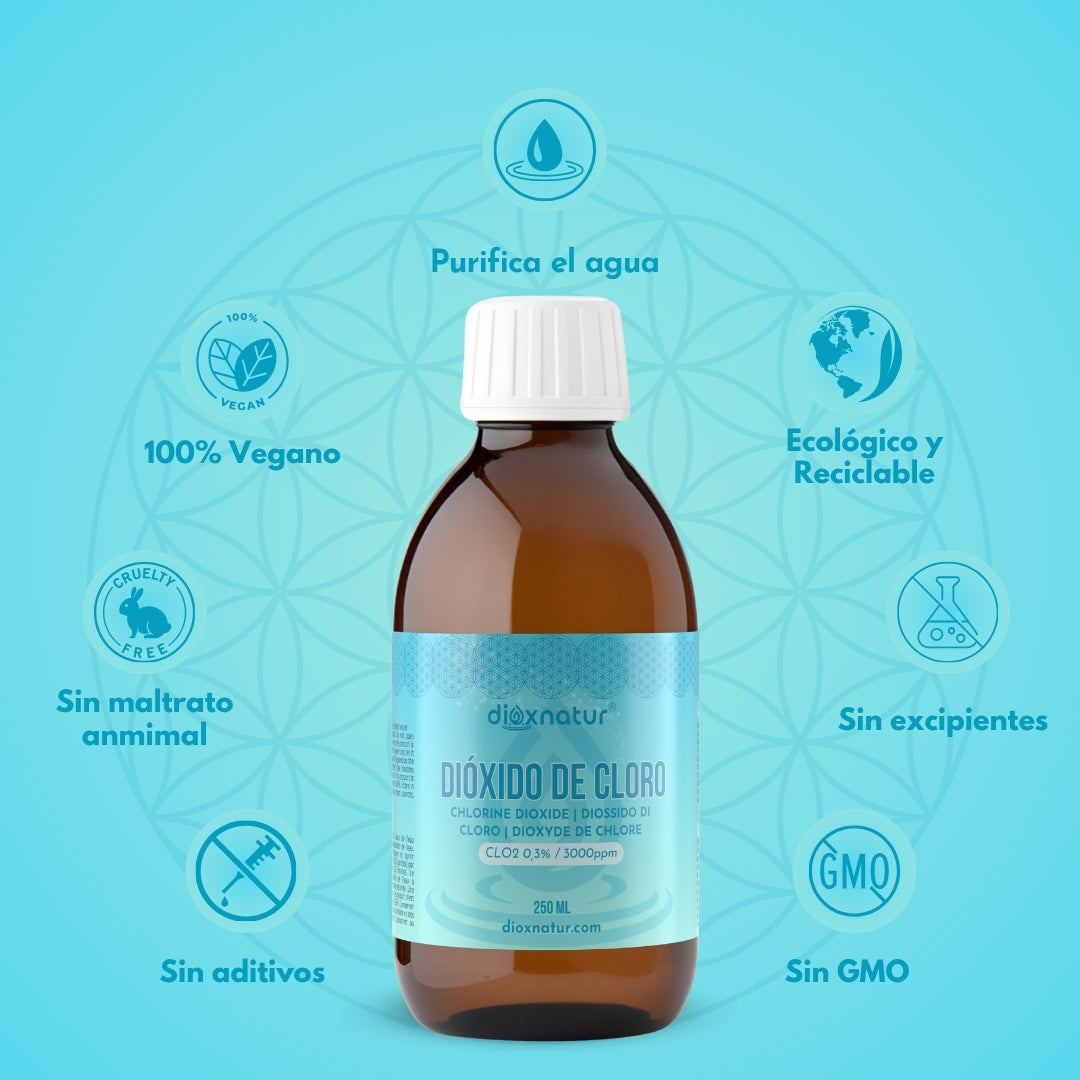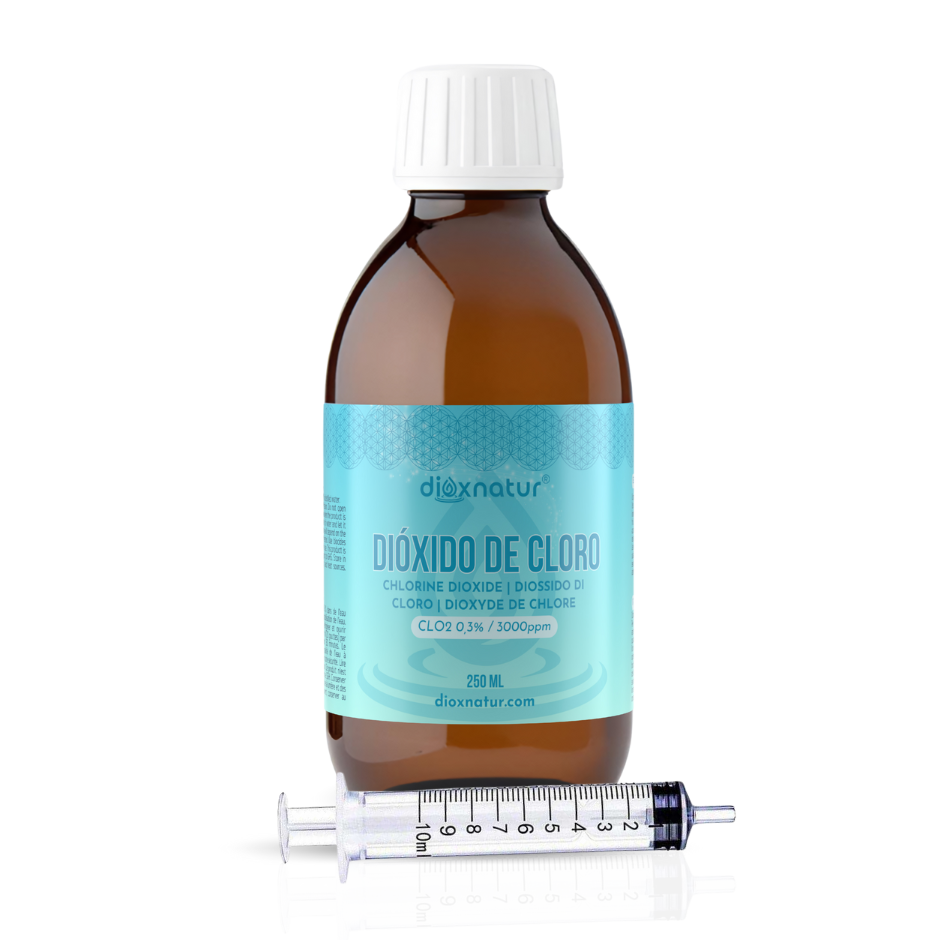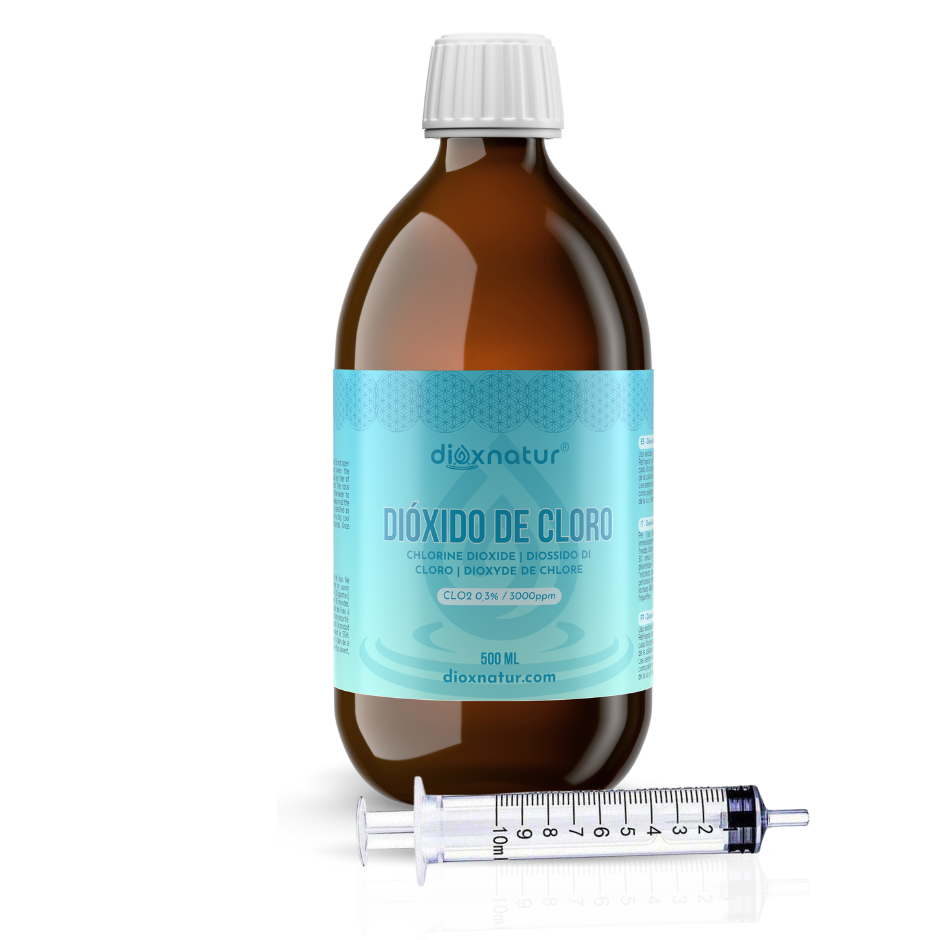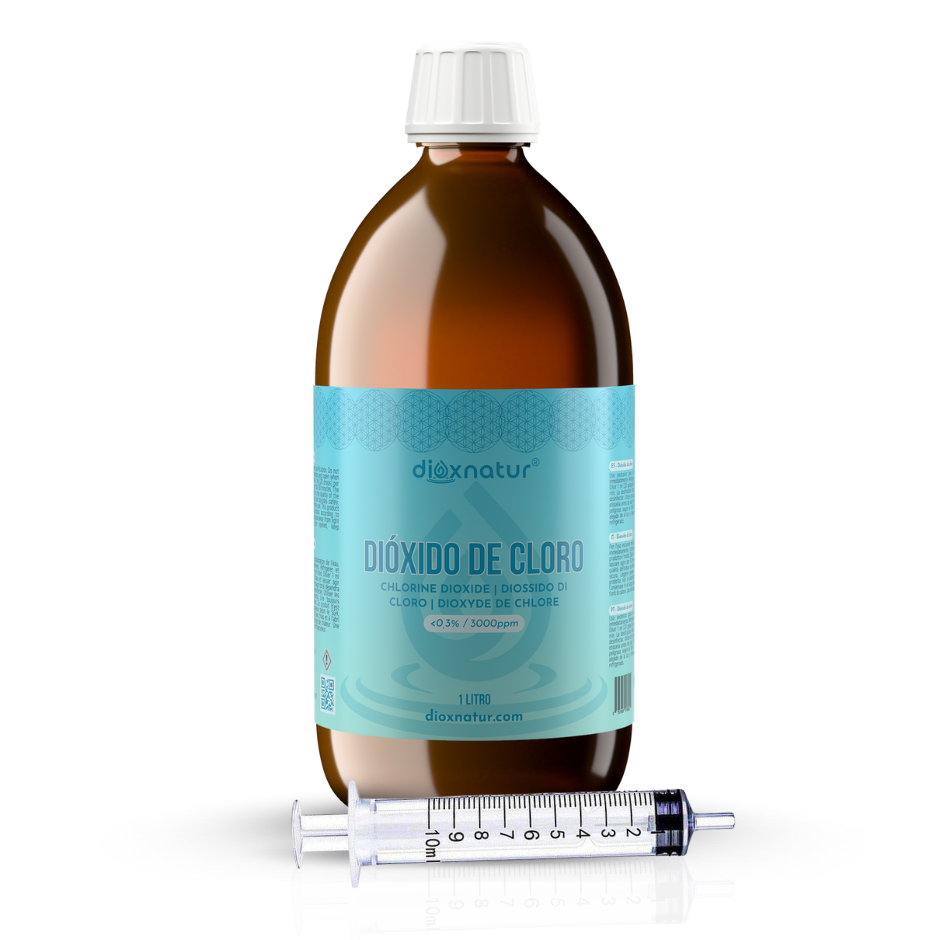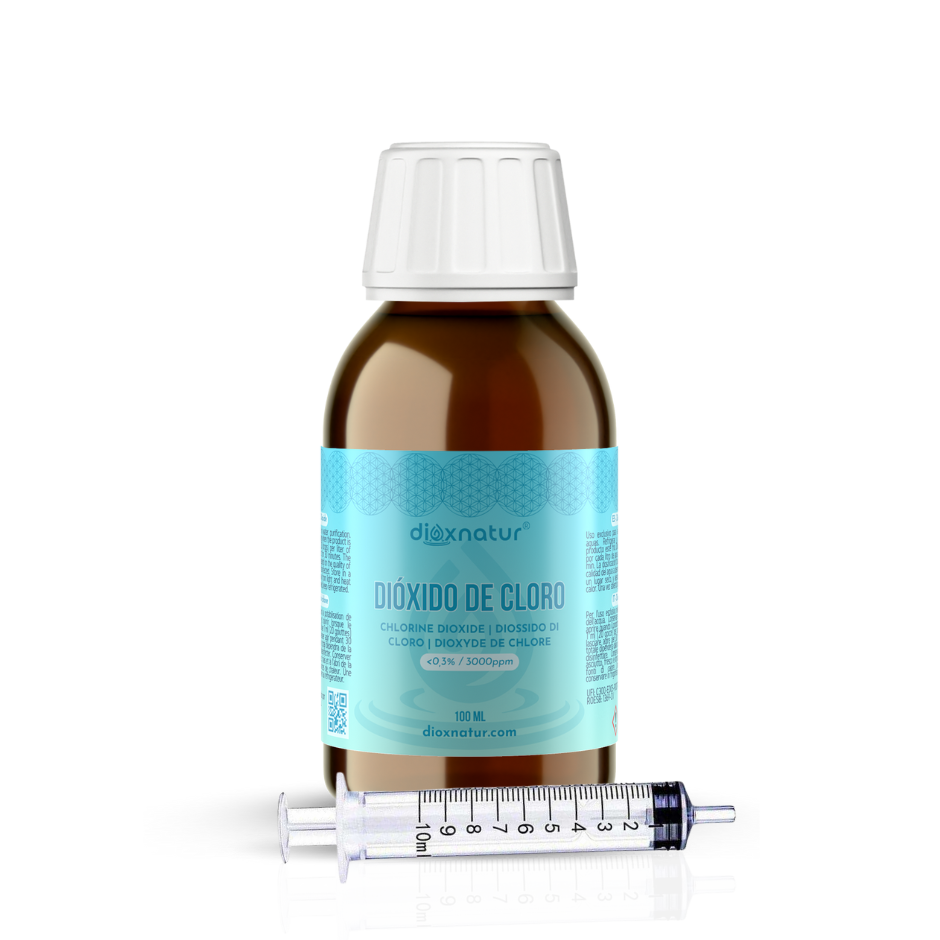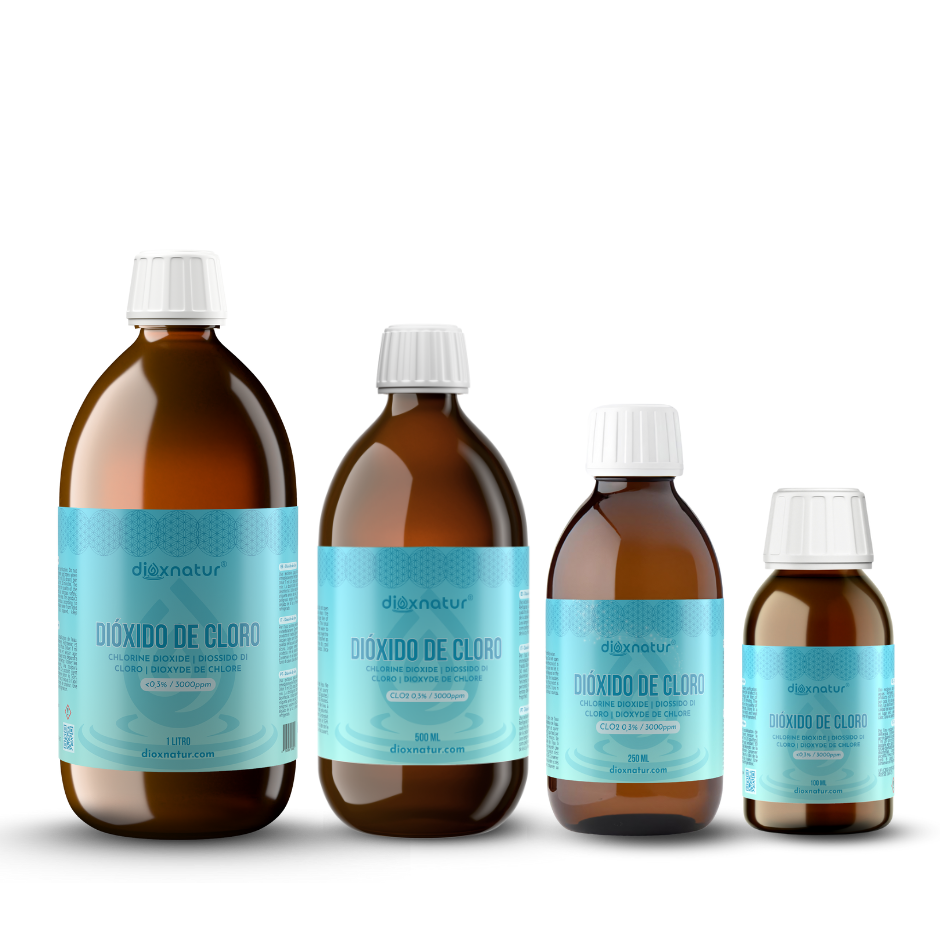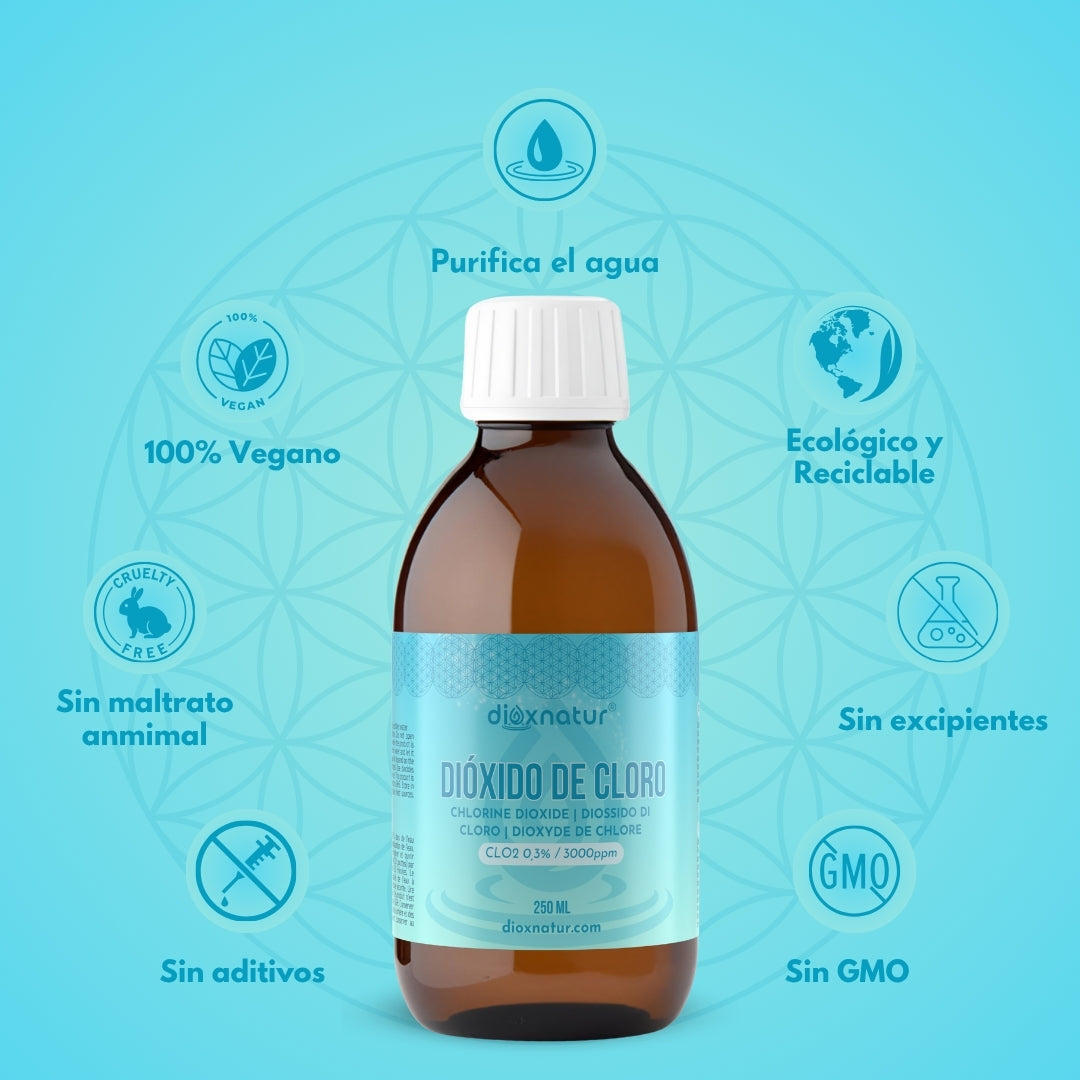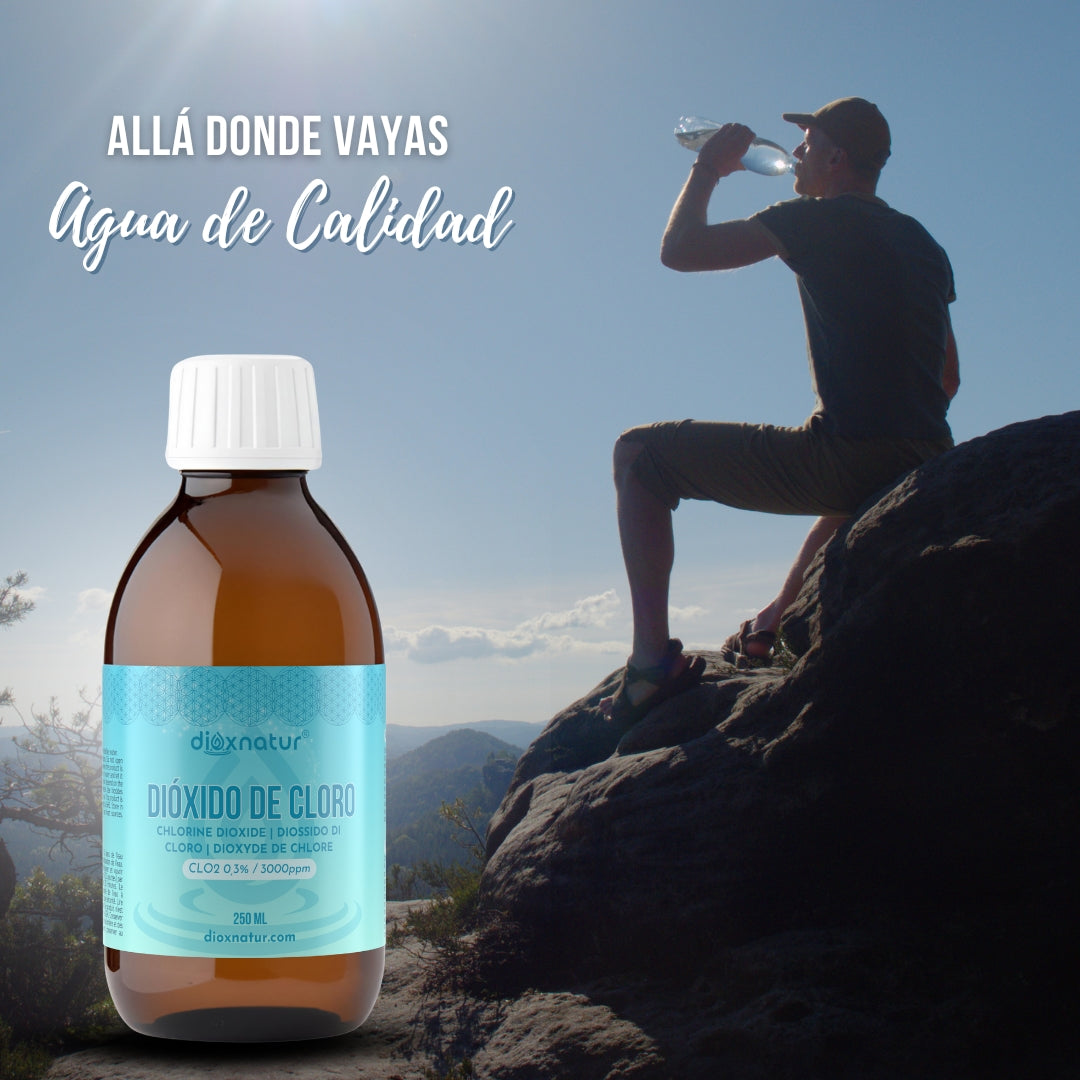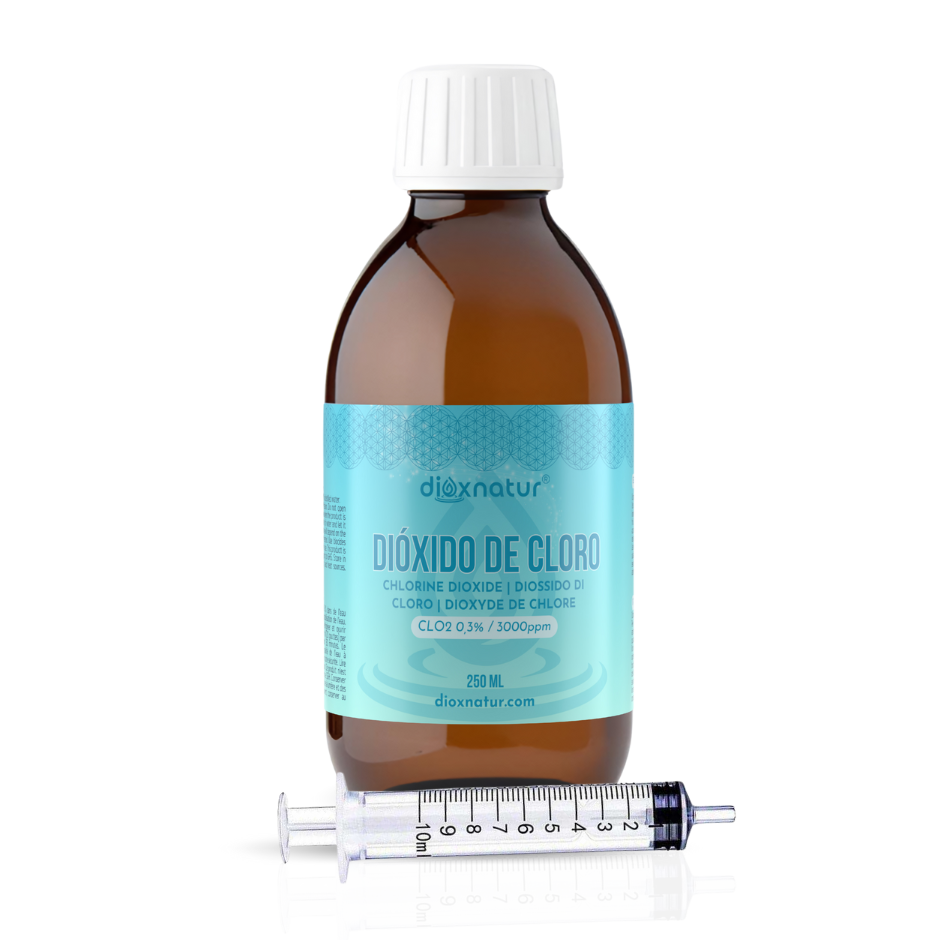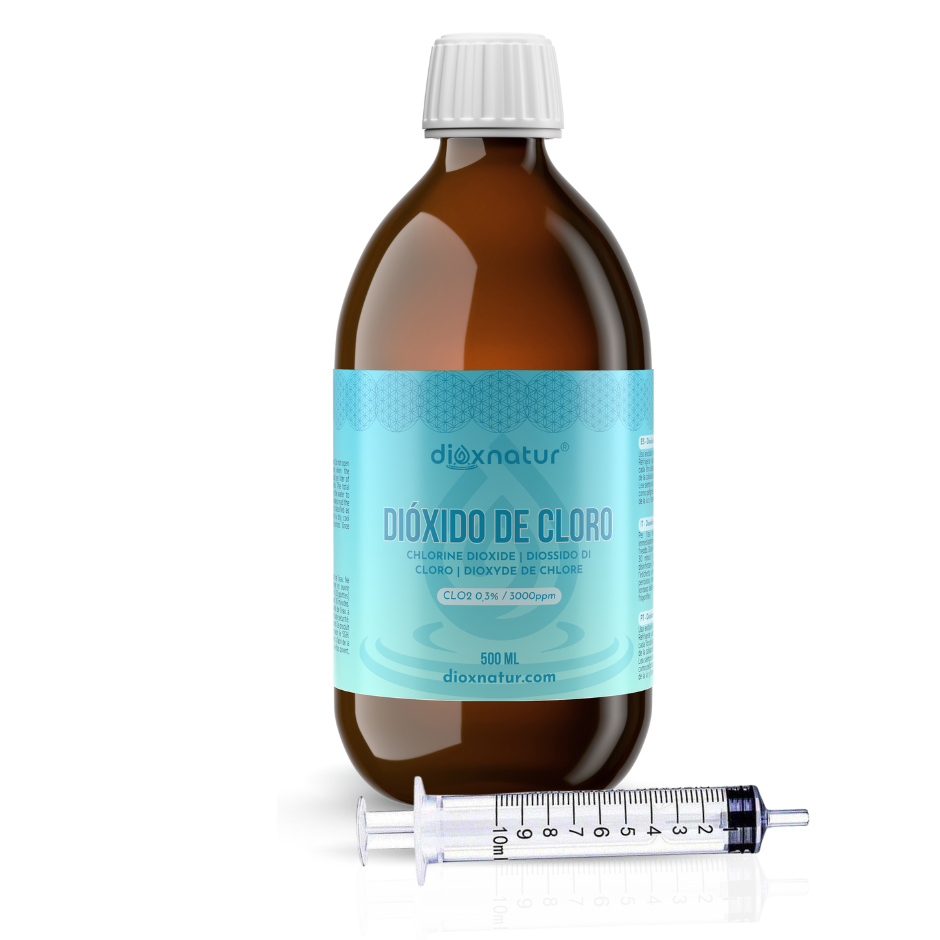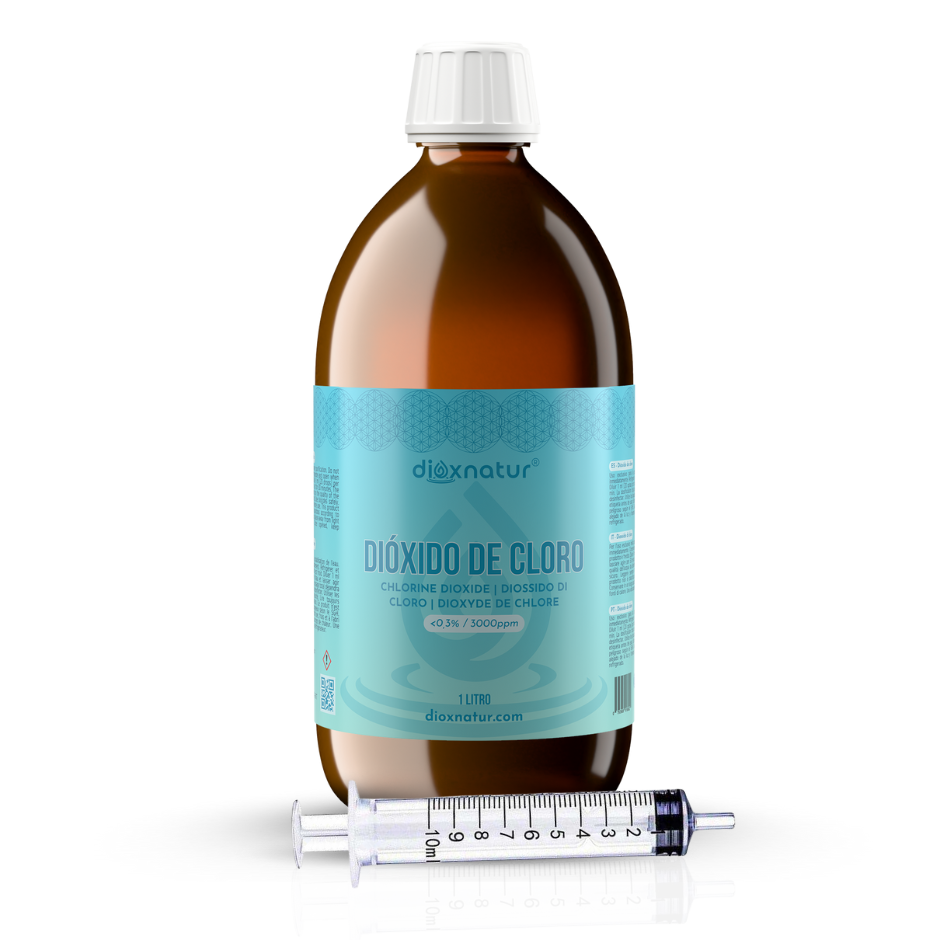CDS preparation is a chemical process that has attracted increasing interest in recent years due to its applications in various fields, from water disinfection to health support. However, its use and preparation require a thorough and precise understanding to ensure safety and efficacy.
In this post, you will learn how to make CDS at home safely and effectively . We will explain not only the specific steps involved in preparation, but also the necessary precautions, ethical considerations, and responsible uses of this chemical. Preparing yourself for this chemical adventure is essential for using CDS , and we invite you to explore every detail with us.
Elements required for the preparation of CDS
Preparing CDS (Chlorine Dioxide) at home requires specific ingredients that are critical to ensuring the safety and effectiveness of the process. Before we dive into the preparation process, it is essential that you fully understand what ingredients you need and their importance in making this solution. Below, we break down in detail the ingredients required for the preparation of CDS .
1. Sodium chlorite (NaClO2)
Sodium chlorite is the main ingredient in the preparation of CDS. This chemical agent can have a concentration of 25%, 24.5%, 22.5% or 28%. Its main characteristic is that it acts as an oxidizer and does so quickly and stably, which is why it is very easy to use. On the other hand, it has antibacterial properties that make it perfect for eliminating viruses, microorganisms and bacteria.
2. 4% Hydrochloric Acid (HCL) or 50% Citric Acid
Hydrochloric acid or citric acid is used to activate sodium chlorite and release chlorine dioxide. These acids play a key role in the chemical reaction that converts sodium chlorite to CDS. The choice between citric acid and hydrochloric acid depends on your preference and availability, but both are effective.
3. Distilled or mineral water (500 ml)
The water used in the preparation of CDS must be of the highest quality. Distilled water is preferred to avoid any possible contamination or impurities that may interfere with the chemical reaction. However, you can also use mineral water. On the other hand, it is where the steam generated by the reaction between Sodium Chlorite and Hydrochloric Acid will be stored.
4. 500 ml container
The CDS preparation will be carried out in this container and the chemical reaction will take place within it. It is recommended that it has a lid and that it closes hermetically. In addition, it is convenient that it be made of glass, including its lid. It is also important that the container has enough space to place a glass of at least 10 ml inside and that it can close perfectly.
5. Syringe
Using a syringe will facilitate the process of extracting the liquids from both chemical compounds and then placing them in the container. In addition, it is easier to measure the appropriate amount of compound to be used for the preparation of the CDS. On the other hand, it is recommended to use a syringe with a catheter tip, since its design makes the entire process of transferring it to another container simpler, as it provides better precision and control.
6. Glass of at least 10 ml
This glass will be placed inside the 500 ml container, since the ingredients for the preparation of the CDS will be mixed in it. Keep in mind that this container must be tall so that the distilled water does not overflow it and mix with the Sodium Chlorite and the activator while the chemical reaction takes place. Likewise, it is also essential that the container allows the container to be properly closed so that it remains inside.
How to prepare CDS at home
Preparing CDS is a process that must be carried out precisely following the appropriate measurements. Below, we will guide you through the steps necessary to prepare CDS at home safely and effectively. Keep in mind that for this we will take a measurement of 500 ml of water for every 5 ml of product. Once you have all the necessary materials and ingredients, then you must follow the following process:
Step 1: Preparing the container
The first thing to do is to place the 500 ml container on the surface you are going to work on and open its lid. Then you must put the glass inside this container, placing it in the center. Now fill the container with 500 ml of distilled water or until it does not exceed the edge of the container that was placed inside.
Step 2: Mix sodium chlorite and acid
To prepare the CDS, you will need to carefully measure the ingredients. Keeping in mind the measurement or ratio we are using, add 5 ml of Sodium Chlorite first and then 5 ml of Hydrochloric Acid. To do this, use the syringe, which you should fill up to 5 ml and then deposit it in the glass inside the container. Then repeat the process with the Hydrochloric Acid, adding it slowly and carefully, as chlorine dioxide can be released in the process.
Step 3: Generation of chlorine dioxide
After mixing the Sodium Chlorite and Hydrochloric Acid, the chemical reaction will begin to generate chlorine dioxide gas, which is why you will see how it changes color. This is why you should immediately close the container with its lid. This way, the chlorine dioxide will concentrate inside it and prevent it from escaping into the environment. Next, take the container to a dark space, such as a closed closet, for at least 12 hours. During this time, chlorine dioxide gas will be generated and mixed with the distilled water.

Step 4: Repeat the process
After 12 hours, you can remove the container from where you stored it. You will notice that the distilled water has taken on a light yellow color, as it has mixed with chlorine dioxide. However, it still does not have a concentration of 3,000 ppm, but rather 1,500 ppm. Because of this, the process or chemical reaction must be repeated .
To do this, you must open the container, remove the container inside and close the container again. During these steps, it is recommended that you wear a mask or do it in a ventilated area. On the other hand, the liquid inside the glass can be stored separately to use for cleaning.
Now add 5 ml of Sodium Chlorite and 5 ml of Hydrochloric Acid to the container. Immediately open the container and carefully place the container inside it. Close the container again and take it back to the cupboard where it will remain in a dark place for 12 hours while the chemical reaction takes place. After that, you will have prepared CDS at 3,000 ppm and ready to use.



